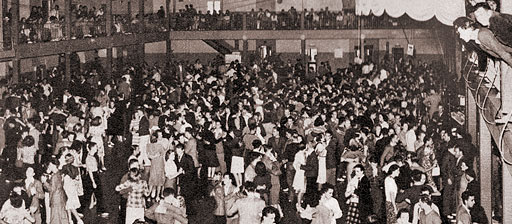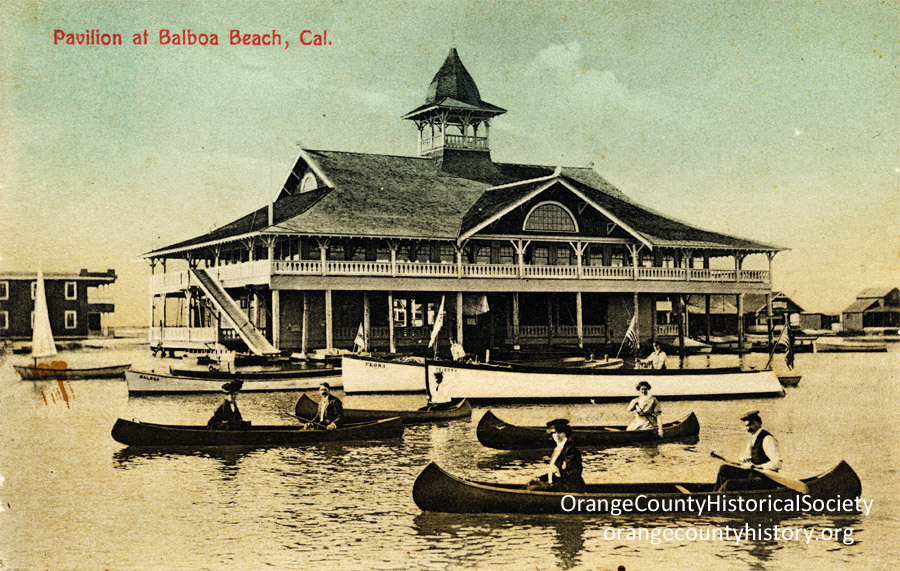Balboa
What exactly is Balboa? A brief introduction to this other branch of the swing dance family…

While Lindy Hoppers stormed the ballrooms in New York, another variant of swing dancing emerged on the American West Coast. On the crowded dance floors of Southern California in the 1930s, there was little space for the swing outs that are characteristic of Lindy Hop. The motto was to swing inventively in small spaces.

Across Southern California, people danced to the popular music of the time: swing. From Charleston and Foxtrot, various dance styles emerged, such as L.A. Swing and Swing. Two immensely popular dance halls were located on the Balboa Peninsula in Newport Beach, south of Los Angeles. In the Rendezvous Ballroom and Balboa Pavilion, all the big bands of fame and renown performed, from Benny Goodman to Artie Shaw. And that's how this dance eventually got its name.
In the crowded dance halls, there was almost no space for "pure bal"; swinging in a closed position, which was also known at the time as the Balboa Shuffle. Dance styles emerged in which partners 'broke away' from each other in an incredible number of turns, figures, and style variations. Whether pure bal, Swing, or Balboa, all dance variants are characterized by subtle leading, following, and quick footwork. Today, Balboa is a mix of pure bal (closed position) and bal swing (all other variations). But there have never been strictly defined rules for Balboa. From the start, there were regional differences, and room for improvisation, individual styling, and inspiration from other swing dances (e.g., Lindy Hop, Collegiate Shag).

From the 1930s onwards, Balboa became a favorite vacation destination for students during Easter weekends: Bal Week. The whole day was spent vacationing at the beach, followed by dancing all night until the sun came up.

Balboa looks a bit more introverted than, for example, Lindy Hop, but this "dance for dancers" swings just as much. Balboa is something you mainly need to feel. There is some dance technique involved, and once you master that, countless variations are possible. But every experienced Balboa dancer will tell you that a well-danced pure-bal base is a delight. Balboa can be danced at a wide range of tempos: from less than 100 bpm to over 300 bpm, but the "sweet" speed is slightly higher than Lindy Hop (roughly between 180 and 220 bpm). Balboa is extremely suitable for all ages and is of course ideal for both crowded and small dance floors.